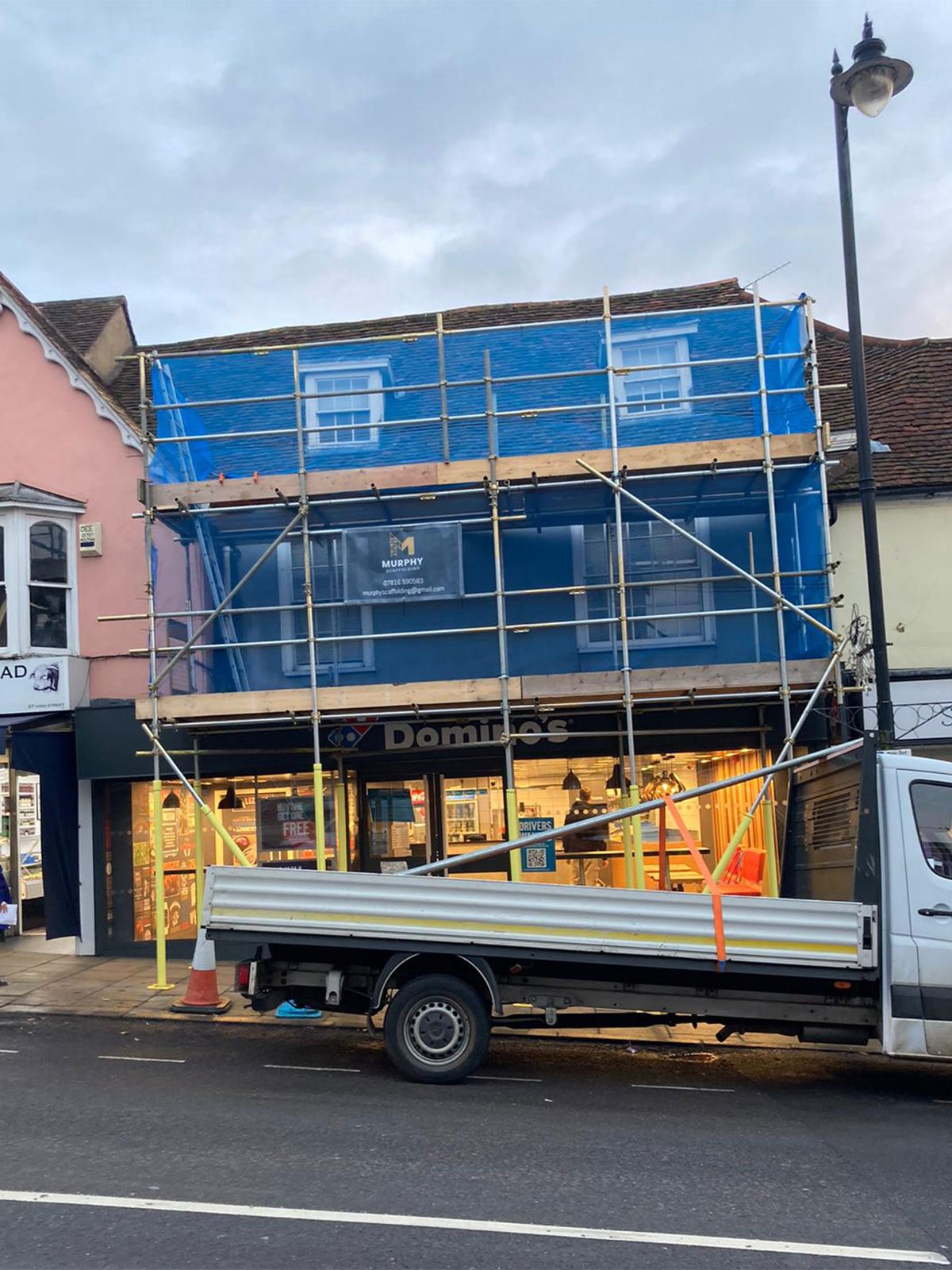The Scaffold Network: Joining Forces for Commercial Projects
In the constantly changing landscape of business construction, scaffolding serves as a vital backbone that ensures projects run efficiently, securely, and efficiently. As structures rise taller and the complexity of builds grows, the importance of strong and flexible scaffolding systems cannot be overemphasized. Commercial scaffolding is more than just a short-term framework; it plays a key role in enabling various construction tasks, from allowing workers to access elevated areas to supporting the tools and materials necessary for successful project completion.
Understanding what commercial scaffolding entails and why it is important for contemporary construction practices is the first step towards recognizing its impact on job site safety and efficiency. Commercial Scaffolding In New Romney will examine the different types of scaffolding used in commercial projects, emphasize the key safety measures and compliance regulations that must be followed, and provide insights into how to choose the right scaffolding solutions customized to specific requirements. Whether it's updating office spaces, constructing high-rise buildings, or outfitting stadiums, the scaffold connection is crucial in joining forces for successful commercial projects.
Comprehending Retail Scaffolding
Retail scaffolding is a short-term structure used to support workers and materials during the building, maintenance, or fixing of commercial buildings. It plays a critical role in making sure that projects can be completed without incident and efficiently, allowing access to lofty or difficult-to-access areas. Without appropriate scaffolding, jobs that entail extensive work at heights would be significantly more hazardous and challenging, underscoring the need of this crucial equipment in the building industry.
There are multiple types of scaffolding used in commercial projects, including structure scaffolding, system scaffolding, and tube and clamp scaffolding. Each type has its specific specific advantages and is selected based on the specific requirements of the job. For example, modular scaffolding is often recommended for its quick installation and adaptability to diverse building layouts, making it a popular choice for a variety of business operations.
Security is a paramount concern on any worksite, and commercial scaffolding is constructed with this in mind. Regulations, such as those established by OSHA, mandate strict safety standards that scaffold systems must adhere to to shield laborers from falls and other dangers. Routine safety inspections, observance with safety protocols, and proper training for crews using scaffolding are necessary to ensure a protected working environment, ultimately boosting productivity while lowering the likelihood of accidents on retail construction sites.
Security and Compliance in Scaffolding
Maintaining security and compliance in scaffold construction is vital for the well-being of workers and the effective completion of commercial projects. The Occupational Safety and Health Administration provides stringent regulations governing scaffolding practices to deter accidents and injuries. These regulations require that all scaffold systems be properly designed, constructed, and maintained, emphasizing the need for qualified personnel who grasp the regulations and dangers associated with elevated work.
Regular inspections and maintenance are critical to maintaining security standards on job sites. A thorough scaffold safety inspection involves checking load limits, stability, and the structural integrity of the structure. This should be conducted before each use, as well as consistently throughout the duration of the project. Proper logging of inspections can also assist demonstrate adherence with OSHA standards and provide a valuable record in the event of incidents.
Investing in scaffolding training for your crew is crucial for fostering a safety-focused culture on the worksite. Training should cover the basics of scaffolding safety, including identifying common hazards, proper usage protocols, and the importance of PPE. By providing employees with the necessary skills and knowledge, companies can dramatically reduce accident rates while also confirming adherence to compliance standards in the building industry.
Choosing the Right Scaffolding Options
Selecting the appropriate scaffolding solution for any commercial project is crucial for promoting productivity and security. Consider the specific requirements of your project, such as height, load capacity, and the various tasks required. Multiple scaffolding systems, such as modular, tube and clamp, and system scaffolding, provide diverse advantages according to the scope of work. Consider the accessibility of the job site and how the scaffolding will integrate with other operations to maximize efficiency and reduce disruptions.
It’s vital to assess the substances used in scaffolding systems. Aluminum systems, for instance, is lightweight and easy to assemble, making it a popular choice for commercial jobs that need mobility and fast setup times. On the other hand, weightier choices like steel scaffolding deliver superior load-bearing capacity, which may be necessary for more challenging applications. Verify that the chosen scaffolding equipment complies with all relevant safety standards and regulations to protect workers and adhere to legal requirements.

Finally, working with an expert scaffolding company can deliver important insights into the best solutions for your project. Knowledgeable firms can analyze your needs, advise on the most suitable scaffolding types, and assist in logistics and setup. By leveraging their knowledge, you can steer clear of frequent mistakes and guarantee that your scaffolding configuration facilitates the overall success of the construction.